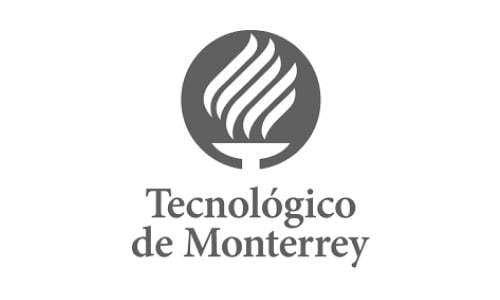Frequently Asked Questions
What is 'Consecutive Interpreting'?
Consecutive interpreting involves listening to a speaker in one language — anywhere from a couple of sentences to a speech half an hour long, which some legendary master consecutive interpreters can remember — and delivering the meaning in a second language.
What is 'Simultaneous Interpreting'?
Simultaneous interpreters generally work in pairs in a booth, interpreting speakers at conferences and meetings. Each interpreter works for 20-30 minutes at a time.
What is 'Whispering Interpreting'?
Whispering -- sitting beside or behind a client or delegate and whispering interpretation for an audience of one. This type of interpreting is difficult because whispering itself is hard on the voice, the process gets tiring quickly, and it’s also necessary to avoid disturbing people sitting near the delegate/client for whom you are interpreting.
What is 'Liaison or Accompany Interpreting'?
Liaison or accompany interpreters are involved in meetings or events where they step in to interpret a small or one-on-one meeting, or who accompany clients to events that are taking place in a culture different from their native language. Accompany interpreters could be with a client over the course of a day or week, while liaison interpreters often work in business, political or diplomatic settings for sporadic periods of time.
What is translating?
Translating is writing a text for the second time in another language. Translators use the written word to transfer meaning between languages. The source language is the original language in which a text was written. The target language is the language into which those written words are being translated.
Translators working in their native language have greater potential for ensuring accuracy and nuance, in addition to fluidity, natural syntax and intonation in the target language.
How does machine translation work?
Machine translation uses translation databases to match words, collocations and syntax (among other elements) from a range of stored translations (usually done by humans) to piece together the translation of a text.
Today, segments are extracted and matched from many sources on the internet. Some texts such as repetitive updates to manuals are perfectly fine translated by machines. Most texts are not, however, since translation is writing and machines are not the greatest writers. The meaning – not necessarily the exact words – is what is important to the art of translation.
For more on the art of translation, see Translation, An Intellectual Pursuit from the ATA Chronicle.
What is code-switching?
When a number of people are together and they don’t all have the same native language (as in they didn’t grow up in the same cultural framework), they unconsciously (or deliberately) speak in the language that’s most comfortable for the majority of the people present. If two people are having a conversation, they automatically switch to the most comfortable language for both of them.
Who is a Perito Traductor?
A Perito Traductor is a certified Expert Translator by the juduciary council of one of the 32 states in Mexico, or federally. The Perito Traductor's stamp and signature are officially valid for certifying documents (often legal) as well as for transcripts and education related texts, and consular and official documents for international certification.
Click here for a list of Perito Traductores in the state of Jalisco, Mexico.
Who is a native speaker?
That’s a difficult question to answer! There are many definitions of native speaker. In my opinion, it’s someone who grew up in one culture for the majority of their youth, or who lives in a culture with one parent being a native speaker of a second culture. Some very gifted individuals are native speakers of two (or more!) languages. Some people are polyglots, and speak a number of languages with native speaker proficiency. For more on polyglots, see Babel No More: The Search for the World’s Most Extraordinary Language Learners by Michael Erard.
What does it mean to be bilingual?
People who are truly bilingual are at the same level in two languages (with respect to reading, speaking, and understanding) – quite the feat.
Why do we often hear about bilingual children?
It’s easier for children to be bilingual because of how open their brains are to development during childhood, especially with respect to language acquisition. Since their reading and vocabulary levels are not, say, at the university level, bilingual children are more common than truly bilingual adults.







